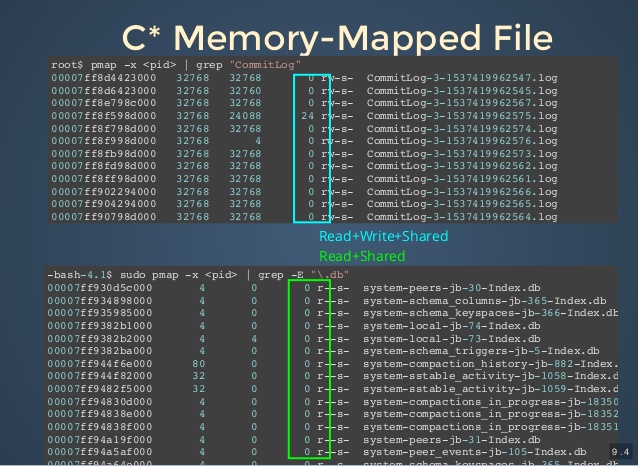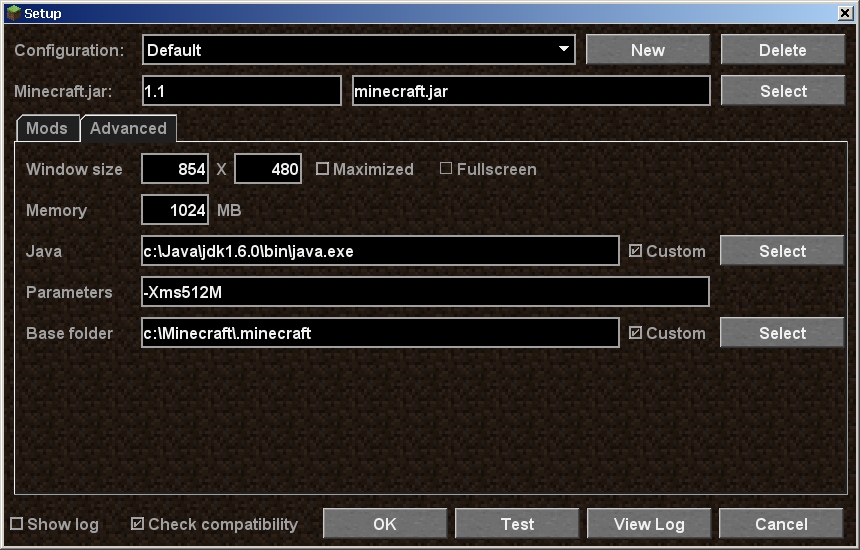

For the purposes of this tutorial, the term memory refers to random-access memory, or RAM. To better understand how memory mapping improves performance, as well as how and when you can use the mmap module to take advantage of these performance benefits, it’s useful to first learn a bit about computer memory.Ĭomputer memory is a big, complicated topic, but this tutorial focuses only on what you need to know to use the mmap module effectively. It can dramatically improve file I/O performance in your program. Memory mapping is a technique that uses lower-level operating system APIs to load a file directly into computer memory.
#JAVA MEMORY DISK MAP HOW TO#
#JAVA MEMORY DISK MAP CODE#
This can provide significant performance improvements in code that requires a lot of file I/O. It allows you to take advantage of lower-level operating system functionality to read files as if they were one large string or array. Python’s mmap provides memory-mapped file input and output (I/O). For example, there are multiple ways to read a file in Python, including the rarely used mmap module. One especially useful idea is that “There should be one-and preferably only one-obvious way to do it.” Yet there are multiple ways to do most things in Python, and often for good reason. The Zen of Python has a lot of wisdom to offer. Watch it together with the written tutorial to deepen your understanding: Python mmap: Doing File I/O With Memory Mapping On the system used for the tests in this article each page can hold 4 KiB data space hence writing data sparsely so that some pages were skipped did not increase disk usage, in other words only the touched pages contributed to memory demand.Watch Now This tutorial has a related video course created by the Real Python team.

In memory mapped files, only the touched pages use disk space. Files that can be pruned lazily make it clear the files won’t be extended. In short, using virtual memory, instead of real memory, gives greater flexibility to how we tune our systems. Mapping large areas of memory avoids having to know in advance how much memory we need or having to resize the memory mappings while in use, while accessing the data as direct memory without the overhead of system calls. Although it seems the size of data is 16 KiB * 1000 = 16 MiB but only 1 out of 4 pages have been touched so the actual disk usage is 4KiB * 1000 = 4.0 MiBįigure 6. The RSS (Resident Set Size) is only 129,272 KB, or 122 MB and the disk usage is only 4.0 MiB which indicates that only touched pages use memory. In the test the reserved virtual memory is 8 TiB again but data has been written sparsely 1000 integers are written but there is 16L << 10 (16 KiB = four pages) skip after each write.įigure 4. The following test displays the main point of this article more clearly.

On disk, the extents reported are 8 TiB, however the amount of disk (and memory) actually used is just 20 KiB. The virtual memory size of the above process is just over 8192 GiB at 8200.7 GiB, but the RSS (Resident Set Size) is only 122,060 KB, or 122 MB. Using multiples of 10 for the shift makes them easier to read.Ħ4L << 20 is 64 × 2 20 = 64 × 1024 2 = 64 MiB. Test 1: Sparse file Tip: x << y means x × 2 y therefore In this program, you can see it reserves 8 TiB (8,192 GiB)įigure 1. This allows you to memory map large virtual regions without worrying about wasted memory or disk On Linux, you can create sparse files, where only the pages (of 4 KiB) that are touched utilise either memory or disk space.


 0 kommentar(er)
0 kommentar(er)
